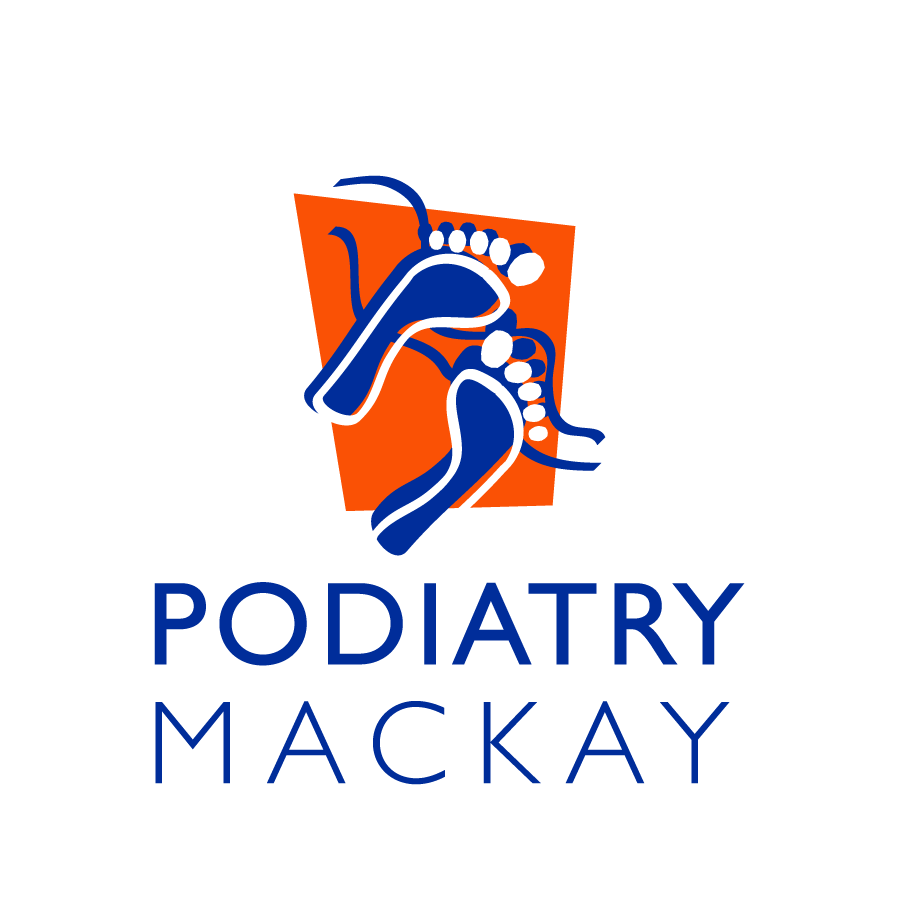Retro-calcaneal bursitis
What is it?
Bursa are small fluid filled sacs within the body and are primarily focused on cushioning and lubricating tendons as they pass over bone. As shown in the image below, the Retrocalcaneal Bursa is located between the heel bone (Calcaneus) and the Achilles tendon and is focused on providing this cushioning for everyday activities such as walking and running. However, either through direct trauma or a combination of risk factors, the Retro-calcaneal Bursa can become inflamed/irritated, resulting in a Bursitis. Symptoms of RCB include redness, swelling, stiffness and posterior heel pain (especially with direct pressure or going up on toes).
Why did I get it?
The following factors predispose individuals to Retro-calcaneal Bursitis:
Direct trauma to heel
Poor footwear
Biomechanical foot issues
Over-use
Tight calf muscles/Achilles
Poor running style
Symptoms:
Heel pain
swelling around the back of your heel area
pain when leaning back on your heels
pain in calf muscles when running or walking
stiffness
red or warm skin on back of heel
loss of movement
crackling sound when flexing foot
shoes becoming uncomfortable
How is it diagnosed?
Diagnosis of RCB is generally achieved through a thorough history and clinical examination. Depending on the severity/type of symptoms, you may be referred for an ultrasound or x-ray to rule out further pathology e.g. Insertional Achilles tendinopathy.
Treatments:
Rest and Ice
Footwear advice/adjustments
Rehabilitation program
Soft tissue release of calf muscles
Neuromuscular needling
Anti-inflammatories
Custom orthotics
Heel inserts (raises)
Prognosis:
Most patients with RCB recover well (4-6 weeks) providing complete compliance with their respective treatment programs. Corticosteroid injections and surgery are rarely indicated however are options for chronic and unresponsive cases.
